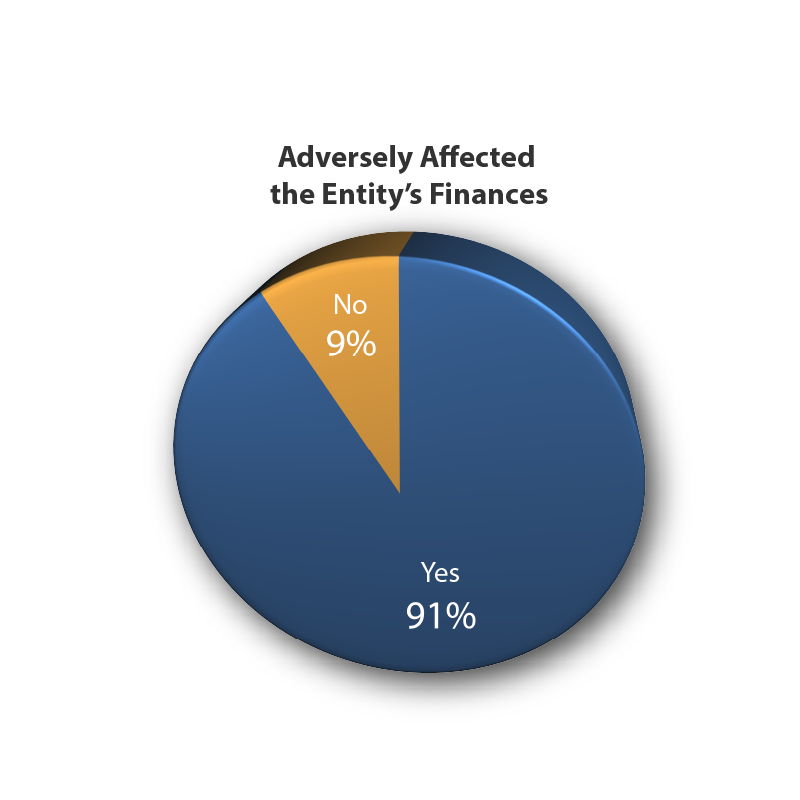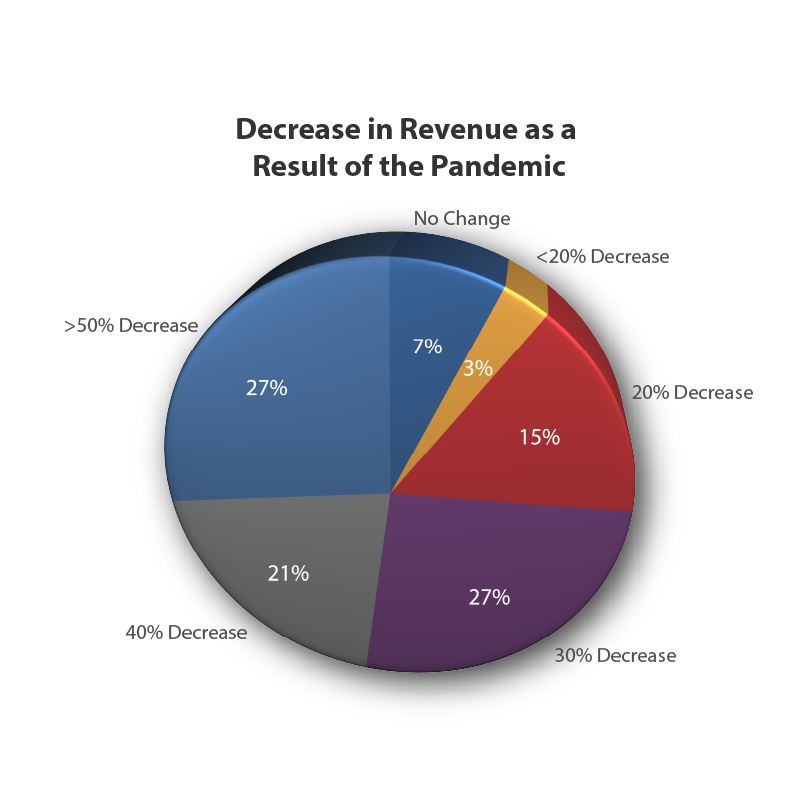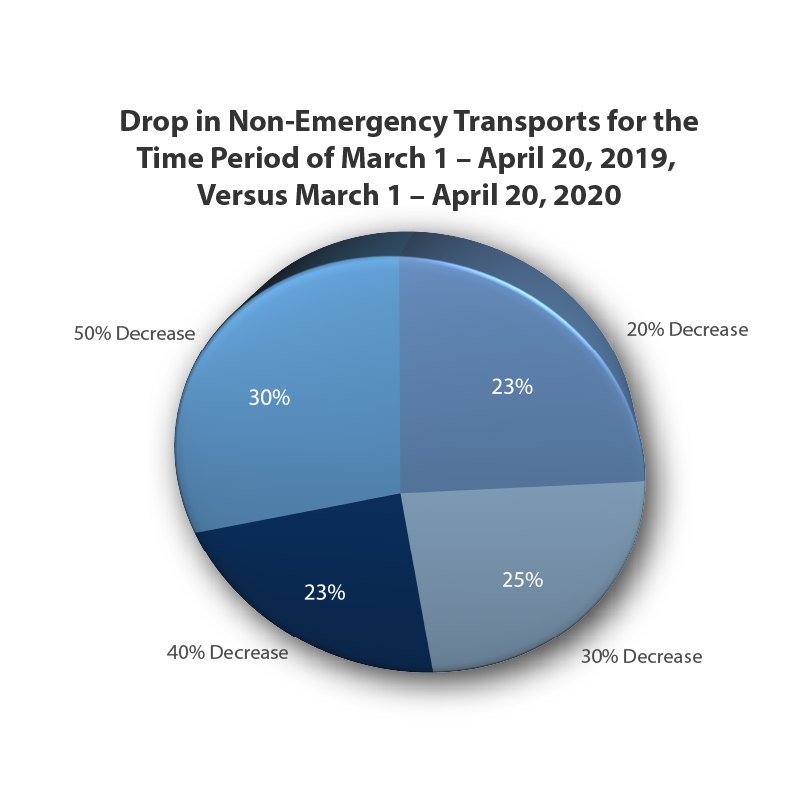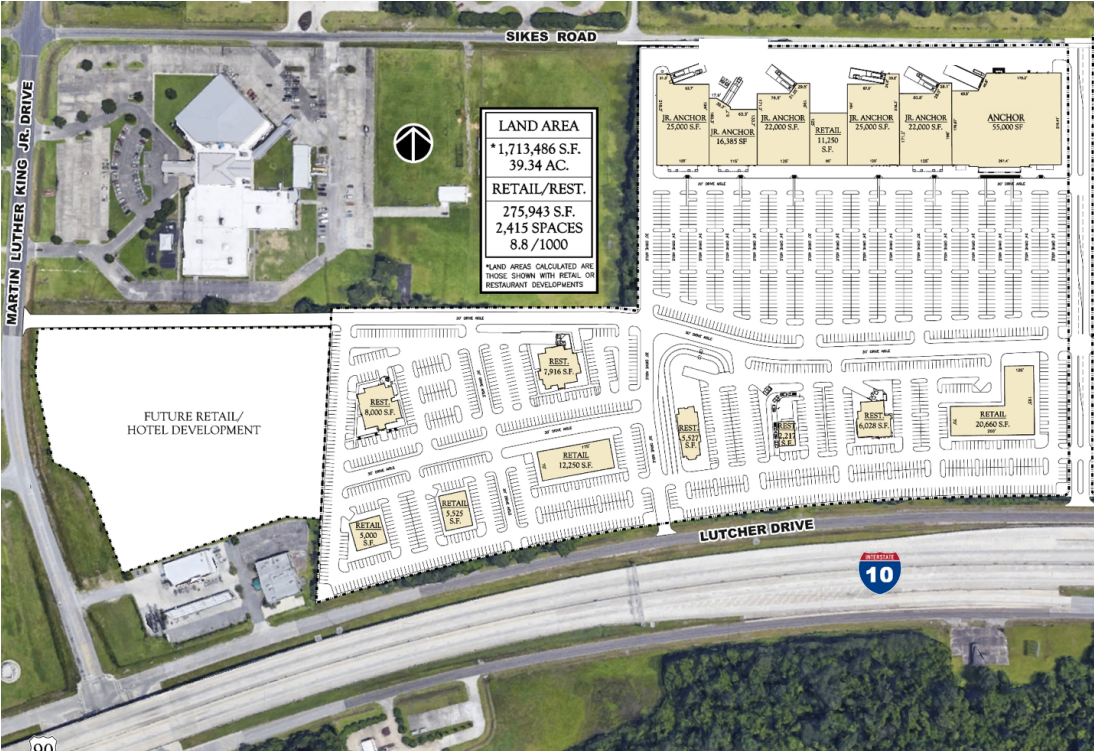Texas EMS agencies struggling financially due to COVID-19 crisis
Published 2:28 pm Tuesday, April 28, 2020
|
Getting your Trinity Audio player ready...
|
A survey of 80 Texas emergency medical services (EMS) agencies reported that 91% are suffering significant financial losses due to the COVID-19 pandemic. The survey, conducted by the Texas EMS Alliance and Texas Ambulance Association, surveyed EMS agencies that provide both 911 service and non-emergency transports.
Revenue losses from decreased call volume, accompanied by dramatically increased costs for supplies such as personal protective equipment and the rising number of uninsured due to more people being out of work, is creating a tremendous challenge for the agencies that provide ambulance service across Texas.
“This crisis is very real,” Texas EMS Alliance President Jeff Mincy said. “We’ve heard concerns from agencies who have the additional expense of medics who must be quarantined and the overtime costs for temporarily filling those positions. Every agency is paying more for PPE, not only because the prices are higher, but also because the utilization of PPE is through the roof.
Trending
“For EMS, every emergency patient must be considered a COVID-positive patient. Many of the health-care facilities we work with, such as hospitals and nursing homes, require EMS staff to wear full PPE anytime we enter the facility. Because of the increased costs and lost revenue, many EMS agencies are very close to having to make some very difficult decisions.”
For rural EMS providers, the challenges can be even more daunting, according to Colorado County EMS Chief Michael Furrh. “Rural EMS operates on a tight budget to begin with, and this has made the situation even worse. We were so short of PPE in the early weeks of the pandemic, a group of ladies in the community started sewing masks for our medics, which weren’t medical grade, but better than nothing and certainly appreciated. We’ve been able to find masks since then, but the cost has skyrocketed and we’re having to order much more than we budgeted. At times, we’re having to trade with other agencies to try to keep our staff equipped. We’ve lost most of our part-time staff, upon whom we rely, because their full-time employers can’t allow them to work second jobs during this crisis. The additional expenses with the loss in revenue is hurting us.”
Ryan Matthews, president/CEO of Trans Star Ambulance in the Wichita Falls area, is concerned that patient fears are contributing to the decreased response volume and adversely affecting patient outcomes. “It is very hard to maintain an expensive response-ready profile when standard utilization is down,” Matthews said. “People appear to be not accessing emergency care as they have under ‘normal’ circumstances. There very well may be a surge of calls coming at a time when revenue is down and costs are up. We can’t simply furlough employees and still have ambulances available to respond to those in need. We hear from many small rural providers that no one wants to see the ambulance closest to their own home have to be parked until this crisis is over.”
Sample
The two organizations conducted an online survey between April 22 through April 24, 2020, with 80 EMS agencies responding. The responses included entities that provide both 911 and non-emergency transport services to every type of Texas community, including urban and rural settings. The EMS agencies range in size from one licensed ambulance serving a rural community to a private provider with over 300 licensed ambulances that provides 911 service to multiple communities across the state.

Trending
Financial Effect
Ninety-one percent of the respondents indicated that the COVID-19 pandemic has “adversely affected the entity’s finances.” The questionnaire asked respondents to compare their revenue for the current time period vs. the same time period last year.
The seven entities indicating no adverse effect typically consisted of rural EMS agencies. However, a number of other rural EMS agencies did indicate that the pandemic had a negative impact on their finances.
EMS Call Volume
Ninety-one percent of the respondents indicated that the COVID-19 pandemic has resulted in a decreased call volume.
The seven entities indicating no drop in call volume typically consisted of rural EMS agencies. However, once again, many other rural EMS agencies did indicate that the pandemic has led to a decrease in call volume.
Possible Relief
The federal government has allocated some temporary additional funds to the state’s Medicaid program to assist with the COVID-19 response, which EMS agencies are suggesting could offer some immediate help.
Ambulance providers have asked that a portion of the federal supplemental funds be used to fund a temporary increase in Medicaid reimbursement for EMS transports during this national health emergency. Once the crisis has passed, the temporary increase would end.
The Texas Health and Human Services Commission (HHSC) has already proposed reimbursement to EMS agencies that respond to calls for help but do not transport. John Smith, CEO of UT Health East Texas EMS, said, “Sometimes we respond to patients who just want to be checked out, could be more effectively managed in the home or, for whatever reason, don’t wish to be transported to a hospital. Currently, there is no reimbursement to the EMS agency unless we transport to a hospital, even if we’ve taken a unit out of service, used PPE or other supplies and even stayed on the scene to help the patient for some time. This new program will at least provide some reimbursement for those expenses we incur caring for those patients. This is a great initiative, but will only provide a small amount of financial relief for EMS providers.”
Matt Zavadsky with Med Star Mobile Healthcare agrees. “Ambulance services have been valuable partners during the pandemic. By working with our medical directors, and the healthcare system, to not transport low acuity patients to the hospital, we’ve preserved health system capacity, and helped patients get the right care in the right setting. Sadly, by doing the right thing, ambulance services have suffered significant financial loss.”
 Revenue
Revenue
Of the 73 entities that responded to the question about revenue as a result of the pandemic, only five indicated no decrease.
- 7% of respondents = No change in revenue.
- 3% of respondents = Less than 20% decrease in revenue.
- 15% of respondents = 20% decrease in revenue.
- 27% of respondents = 30% decrease in revenue.
- 21% of respondents = 40% decrease in revenue.
- 27% of respondents = Greater than 50% decrease in revenue.
 Emergency Transports
Emergency Transports
The survey asked respondents to compare their drop in emergency transports for the time period of March 1 – April 20, 2019, vs. March 1 – April 20, 2020.
Of the 58 entities that provided a response:
- 29% of the respondents reported a 20% decrease in emergency transports.
- 38% reported a 30% decrease in emergency transports.
- 7% reported a 40% decrease in emergency transports.
- 26% reported a 50% decrease in emergency transports.
 Non-Emergency Transports
Non-Emergency Transports
The survey also asked respondents to compare non-emergency transports for the same time period.
Of the 53 entities that provided a response:
- 23% of the respondents reported a 20% decrease in non-emergency transports.
- 25% reported a 30% decrease in non-emergency transports.
- 23% reported a 40% decrease in non-emergency transports.
- 30% reported a 50% decrease in non-emergency transports.




